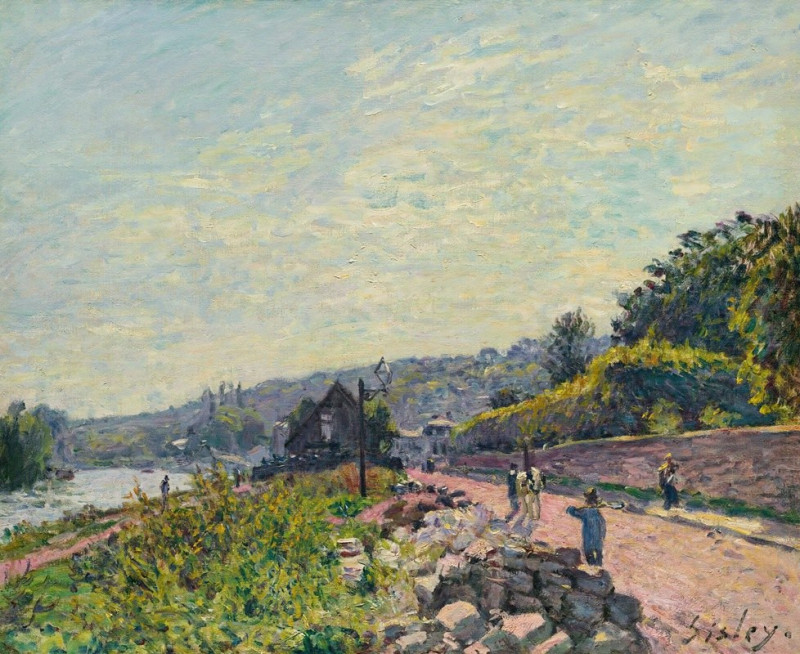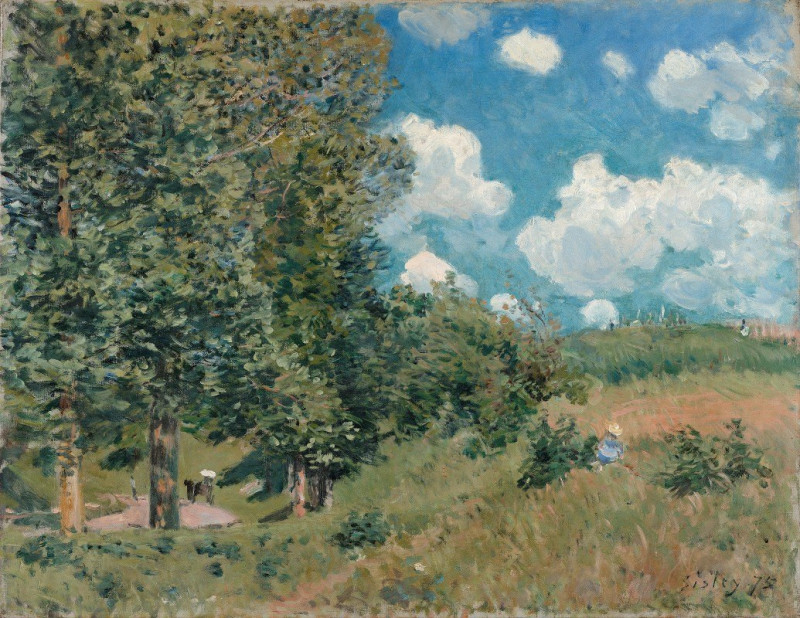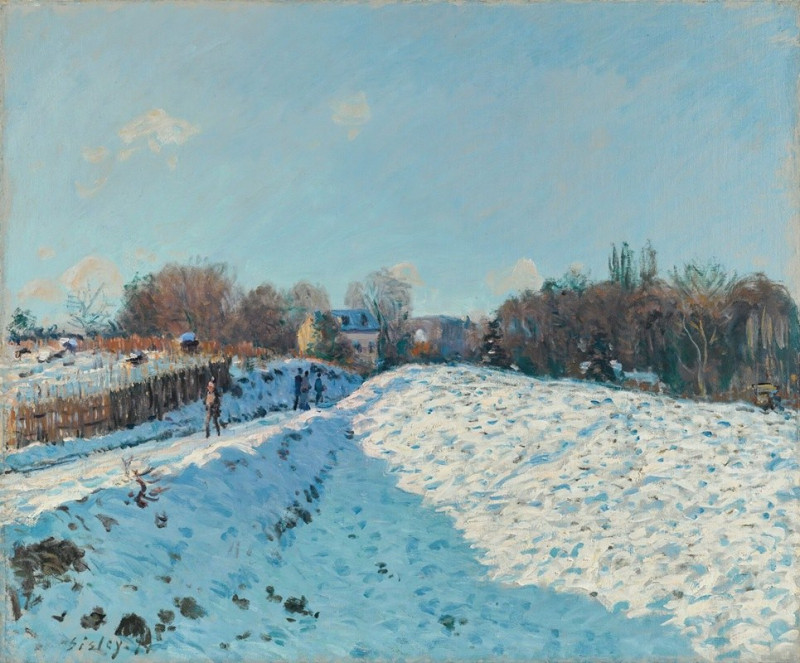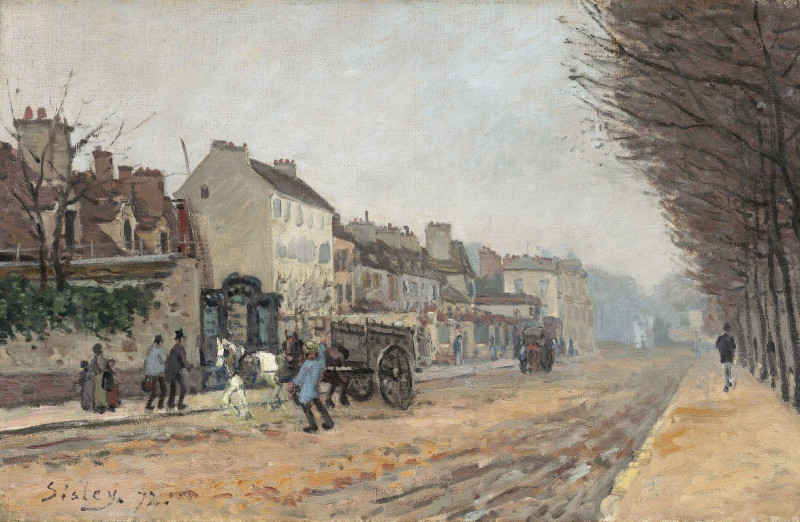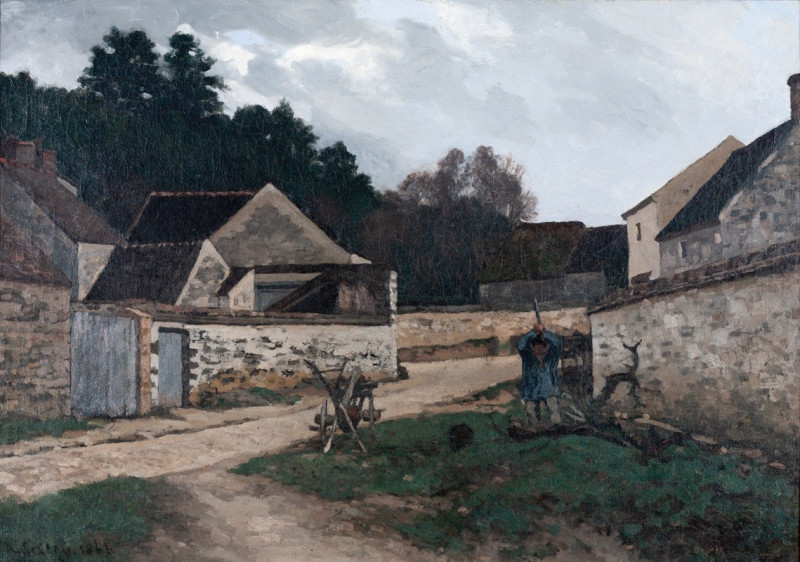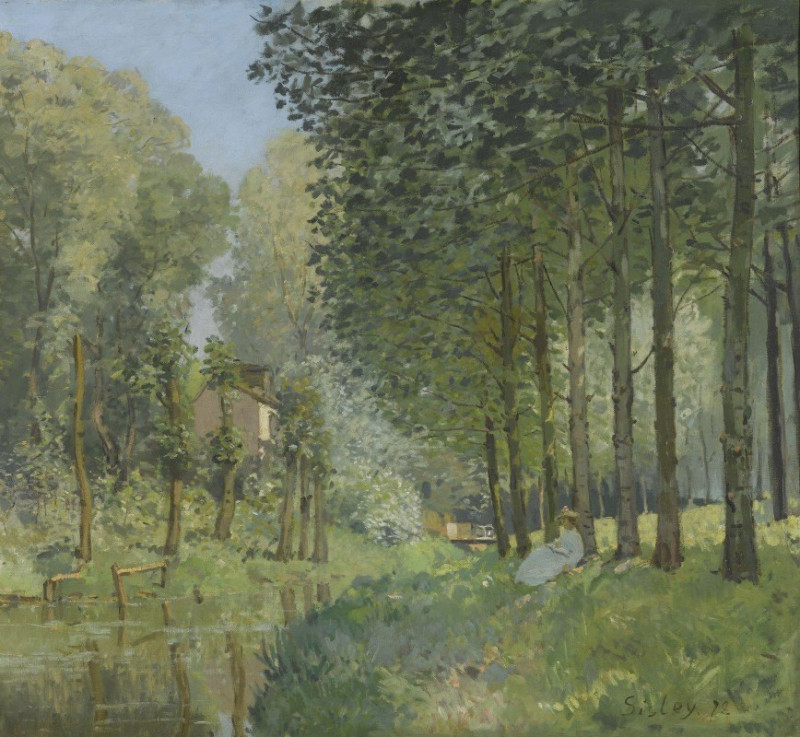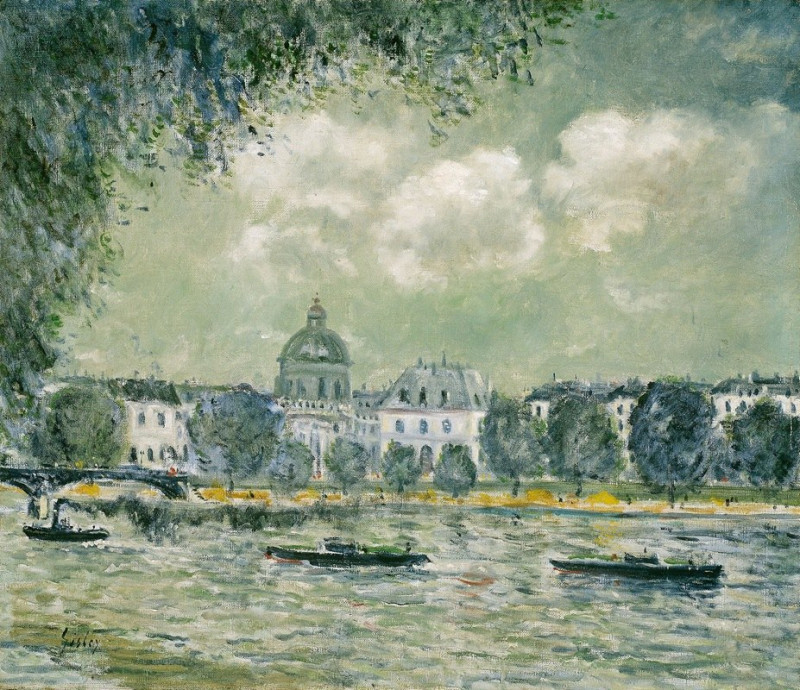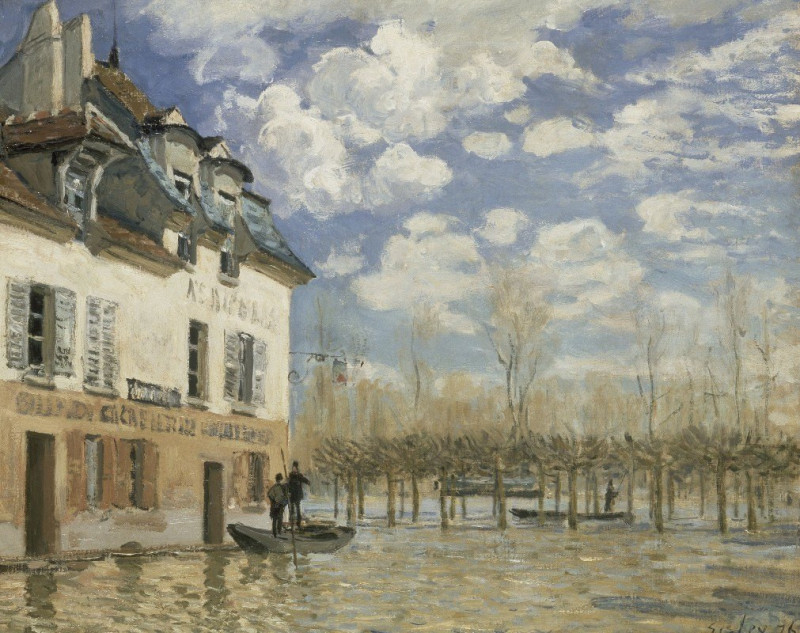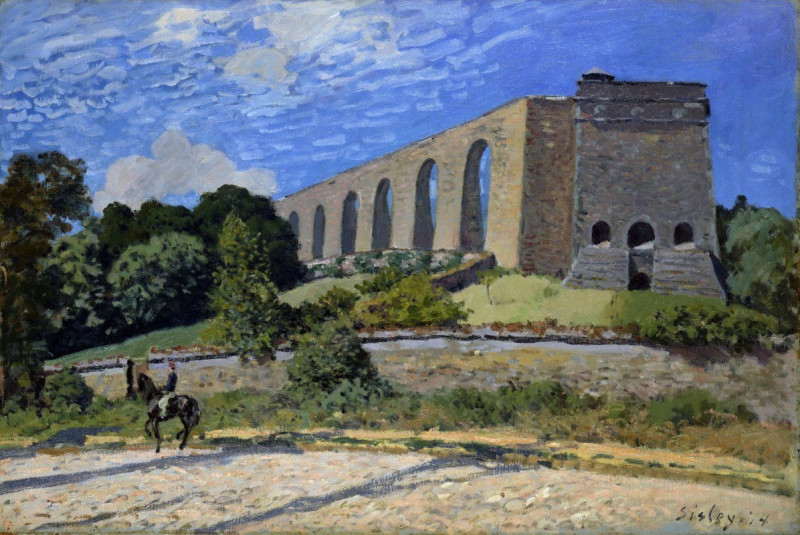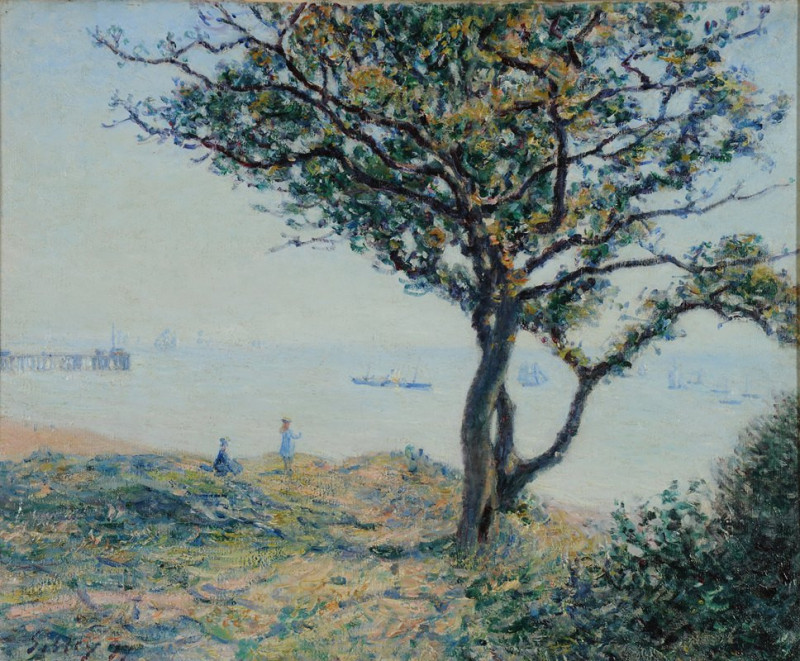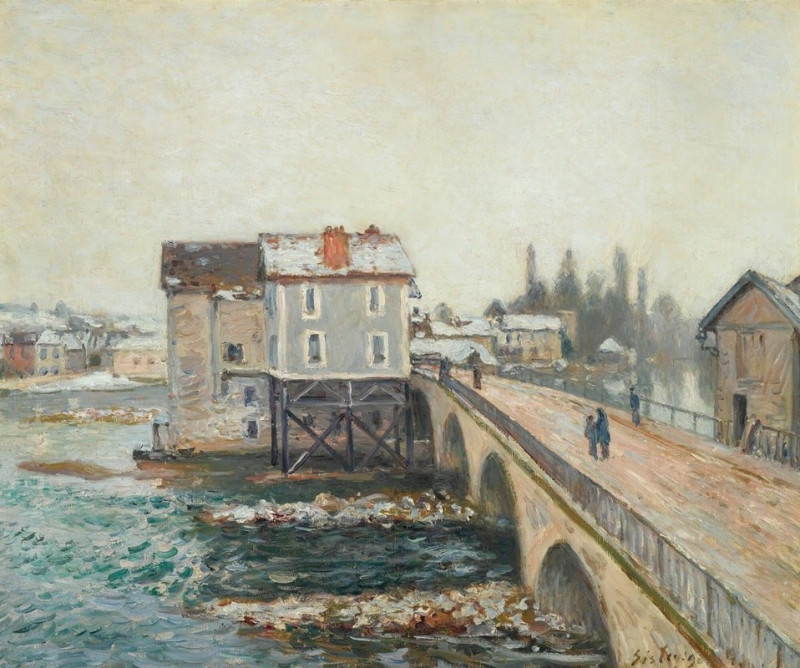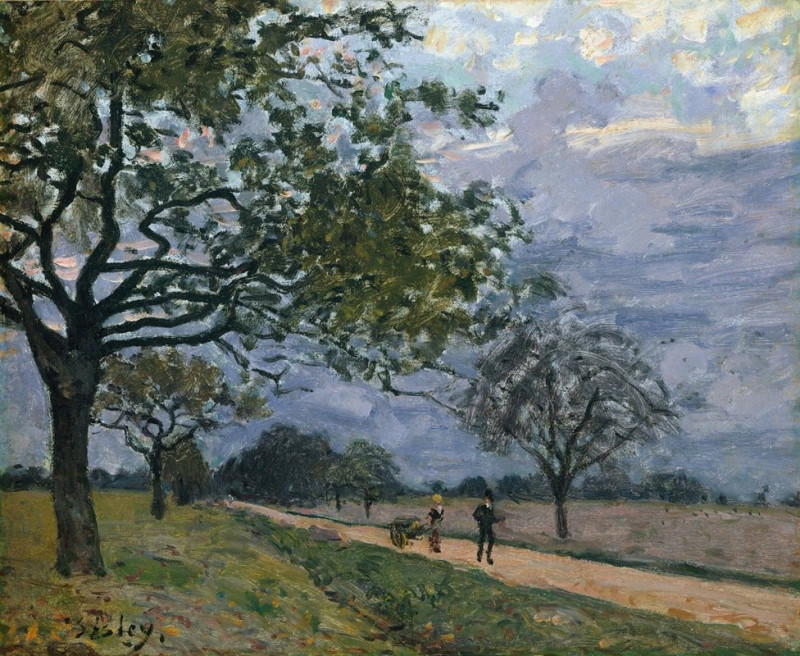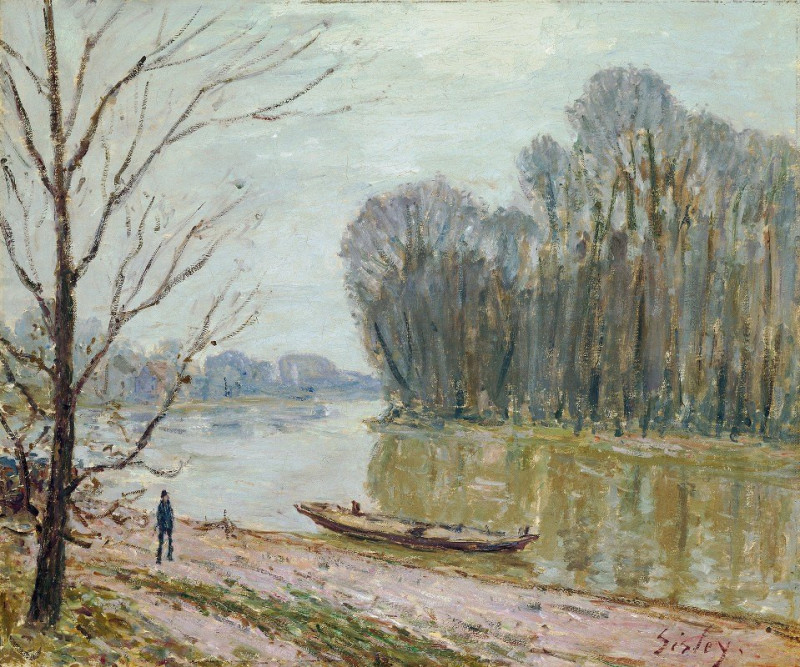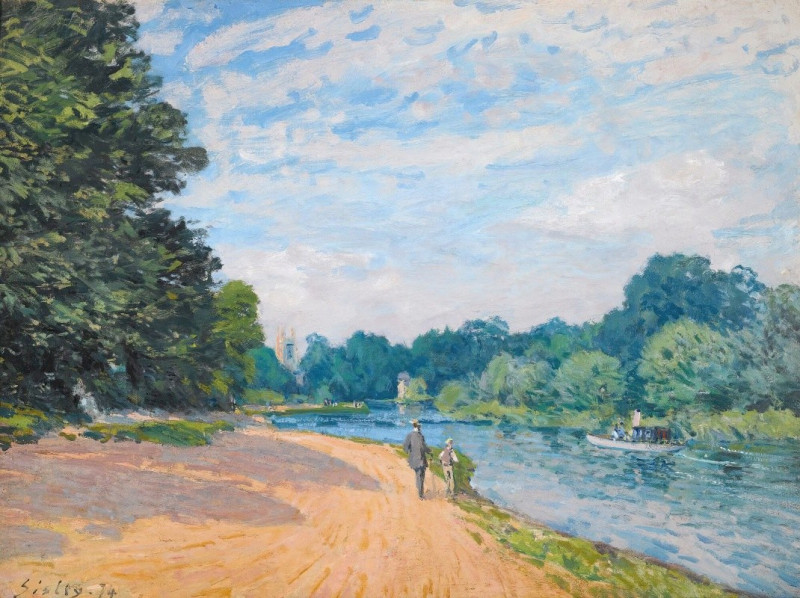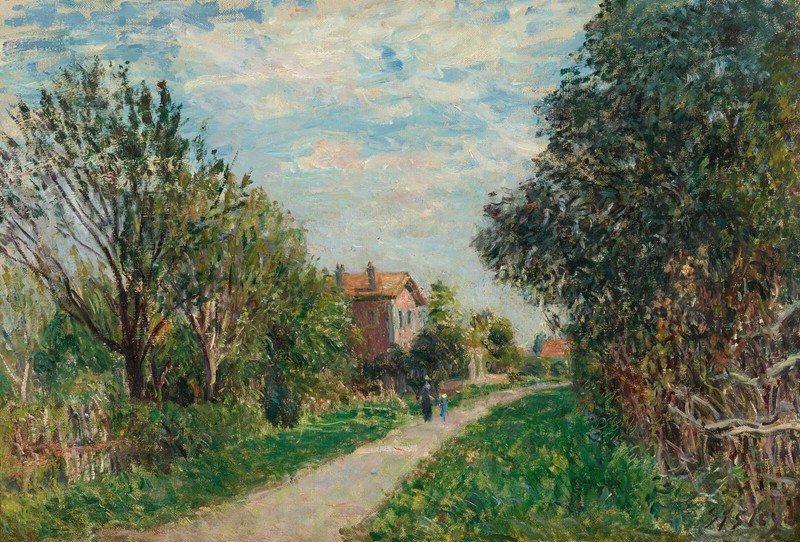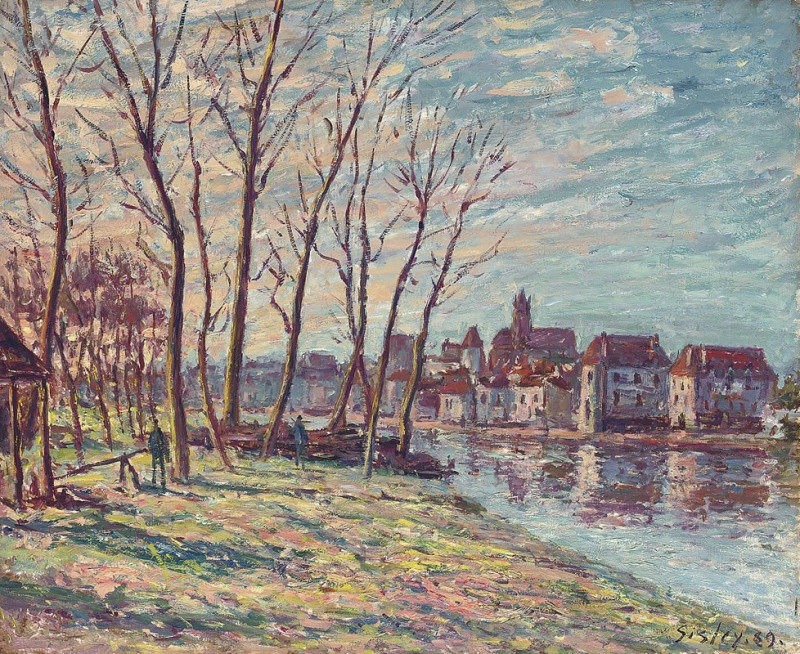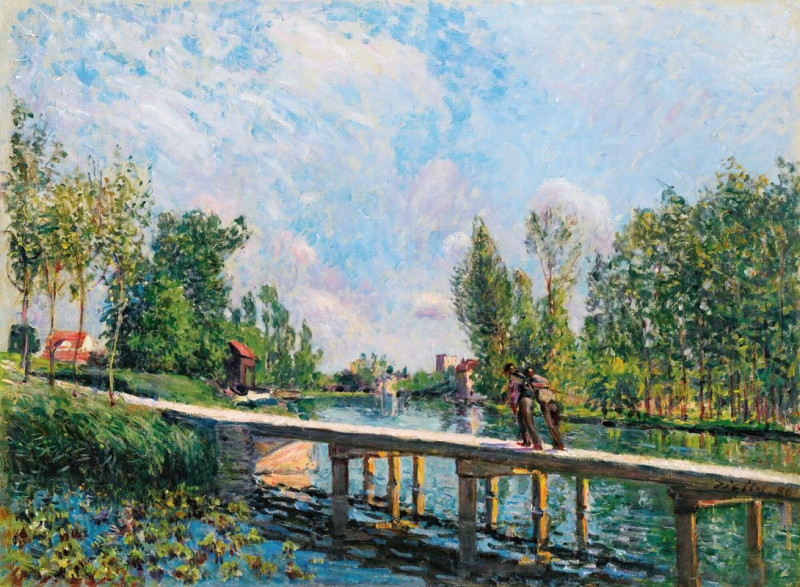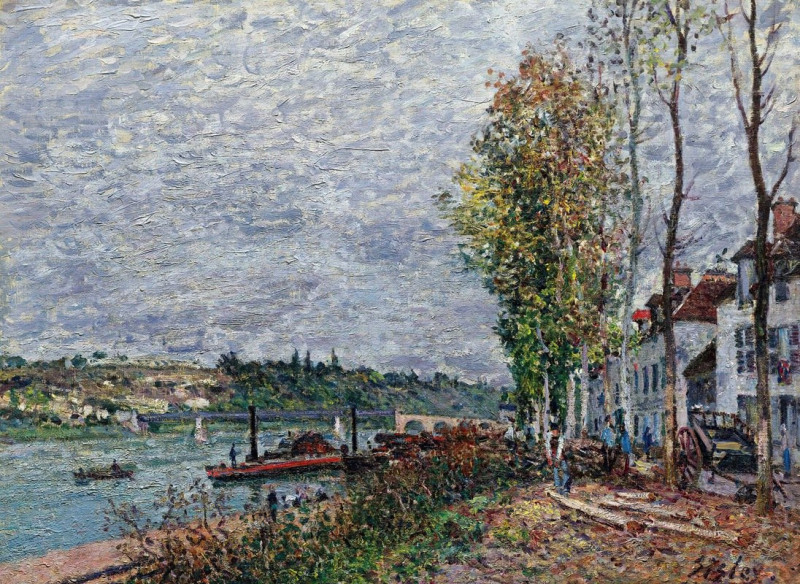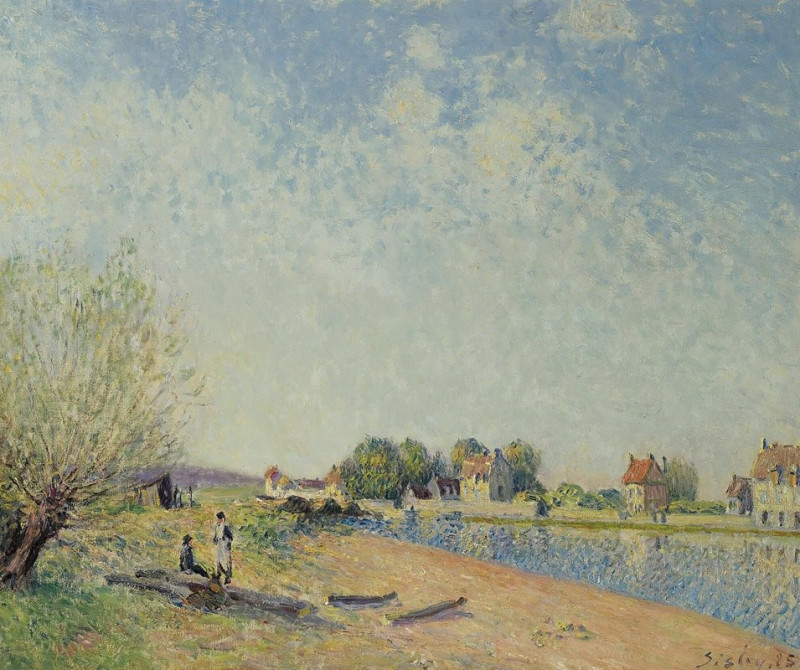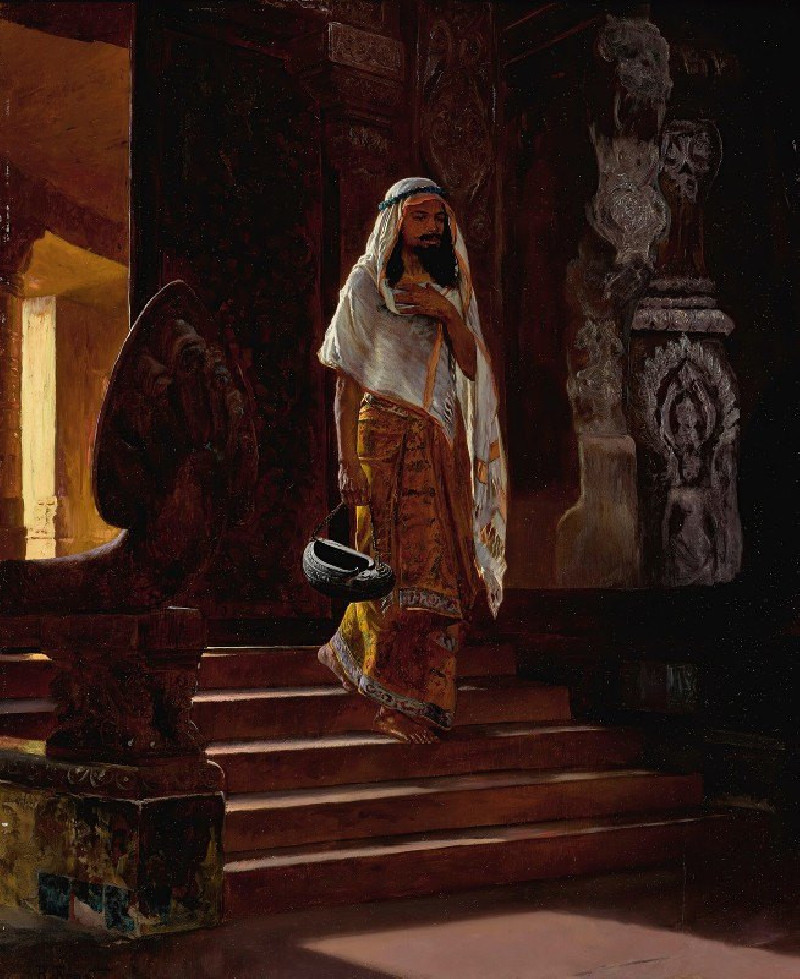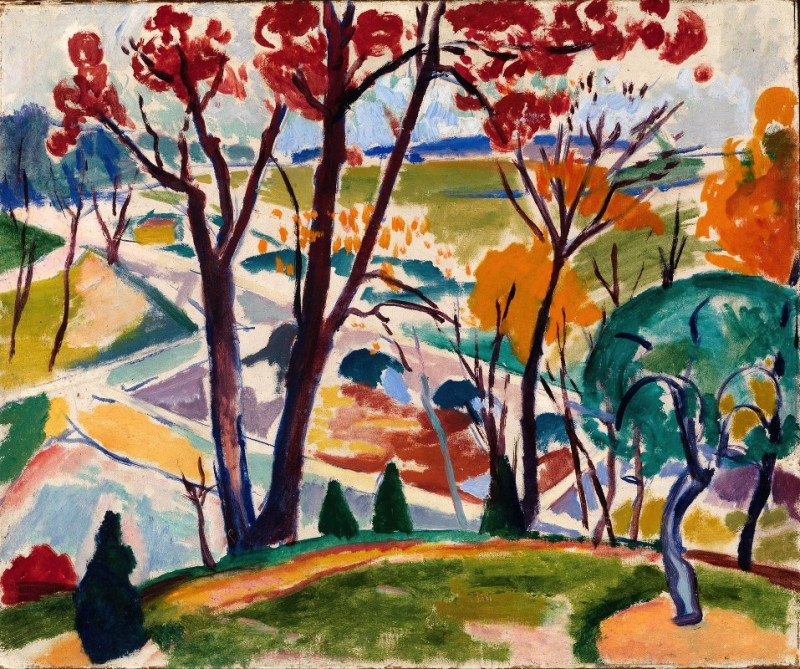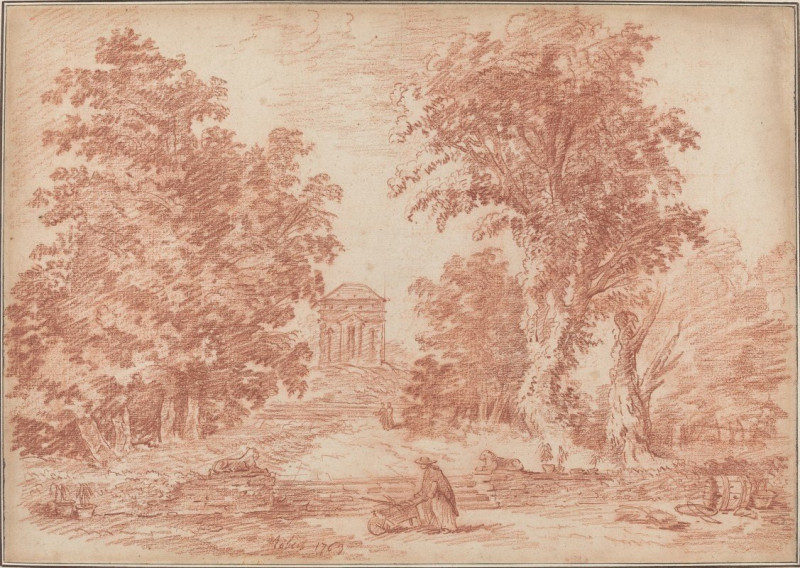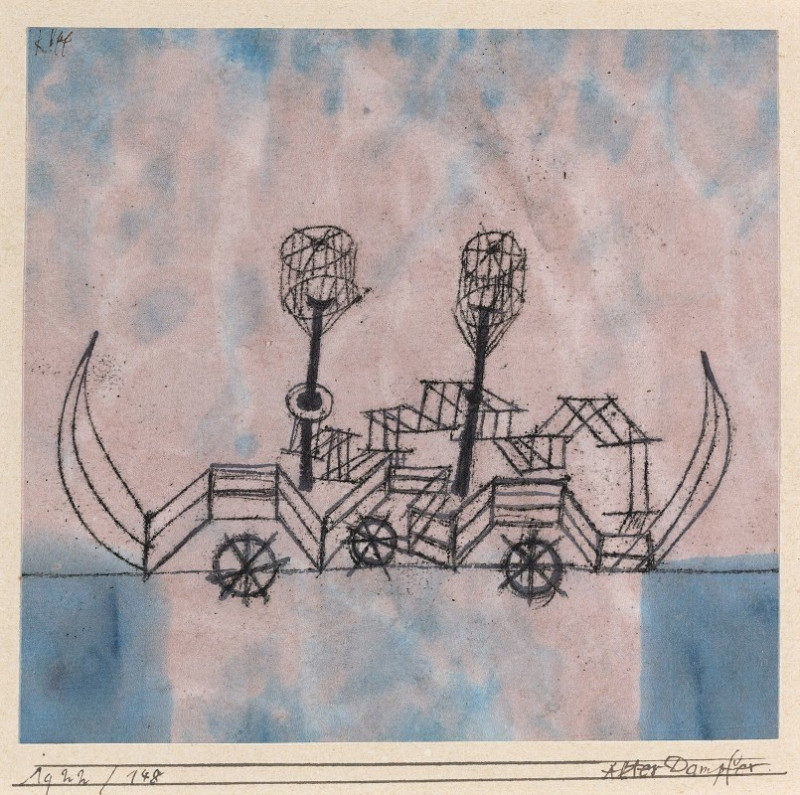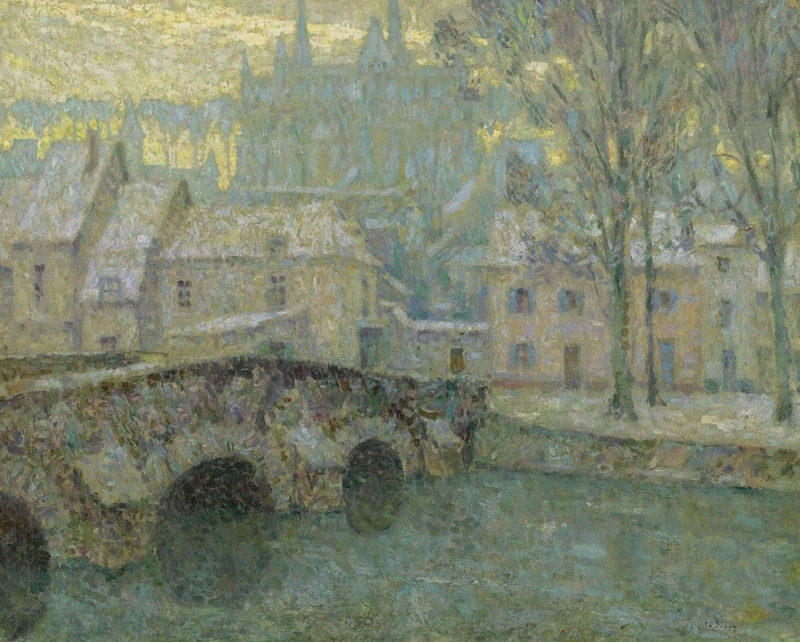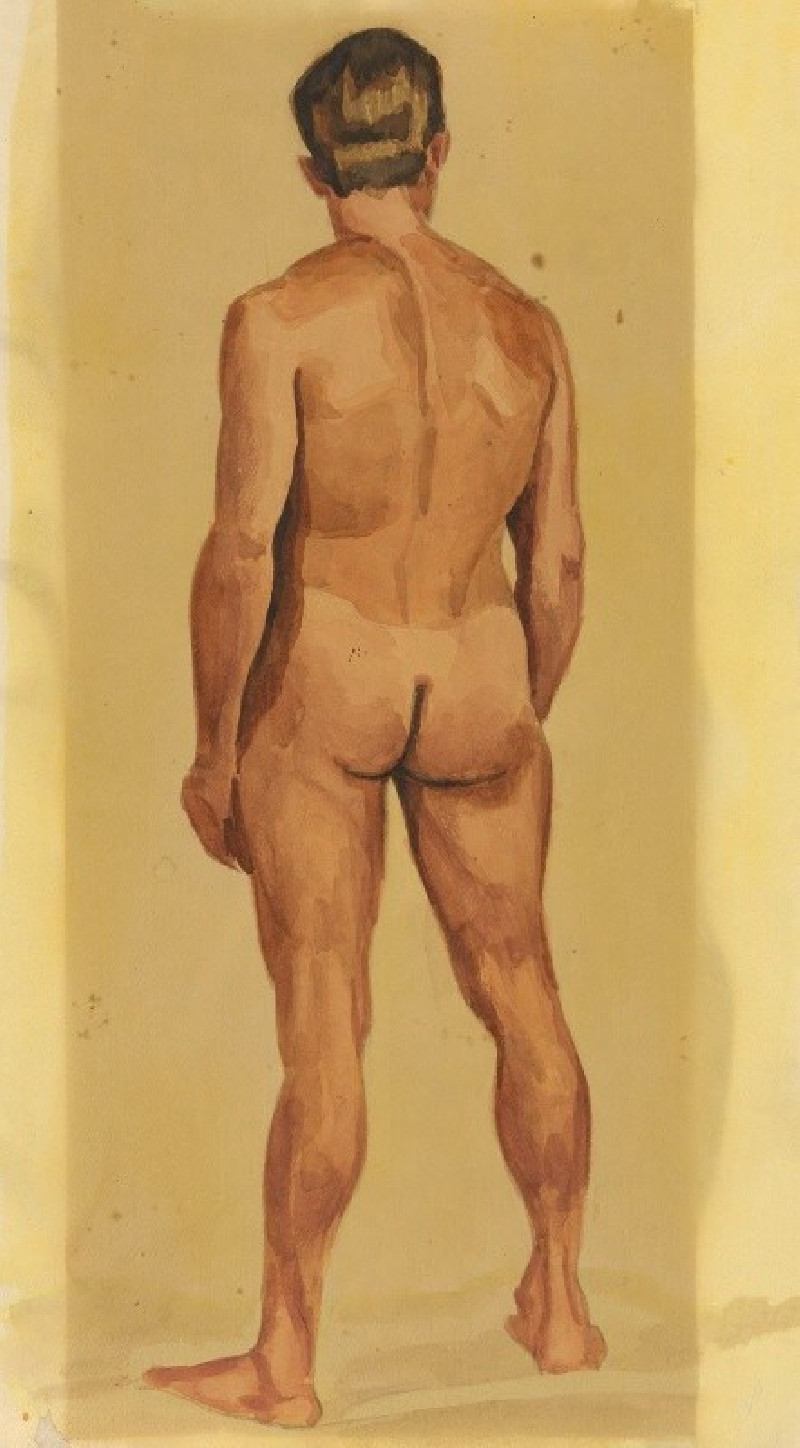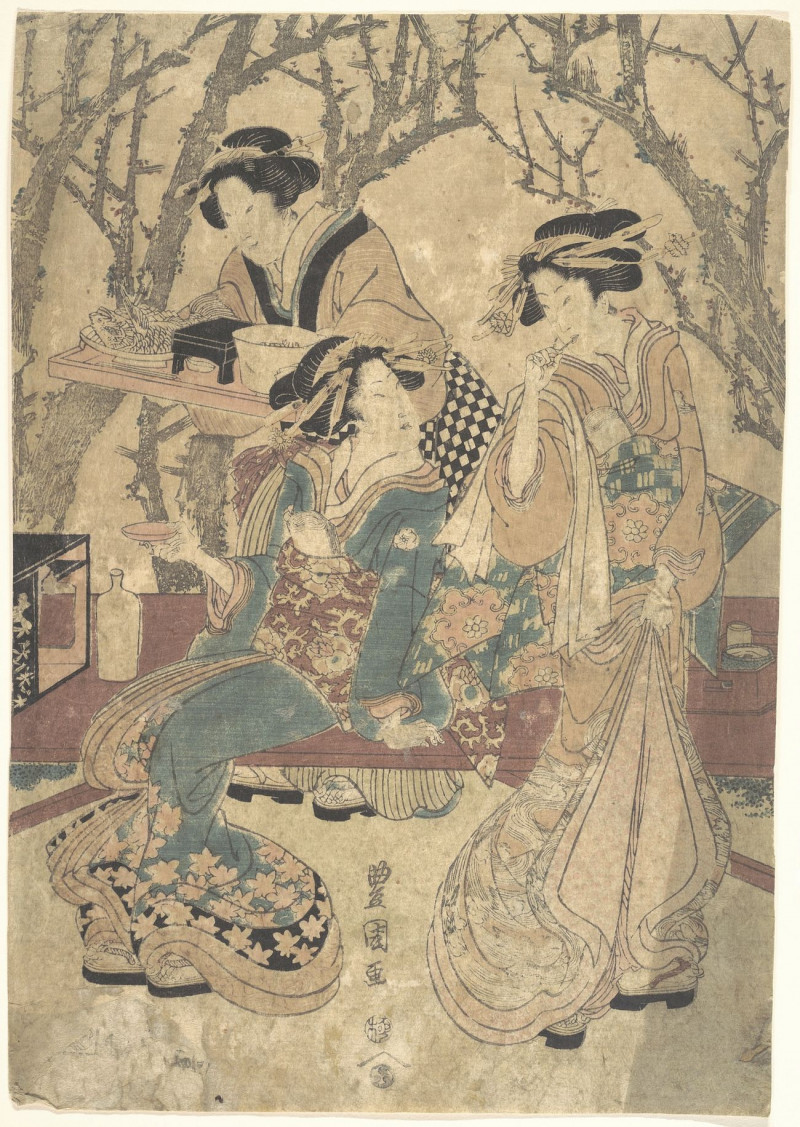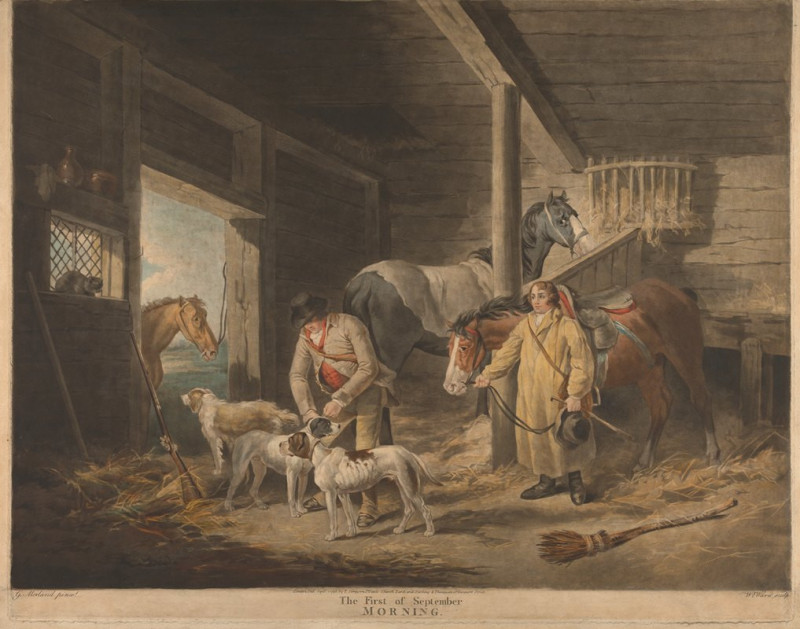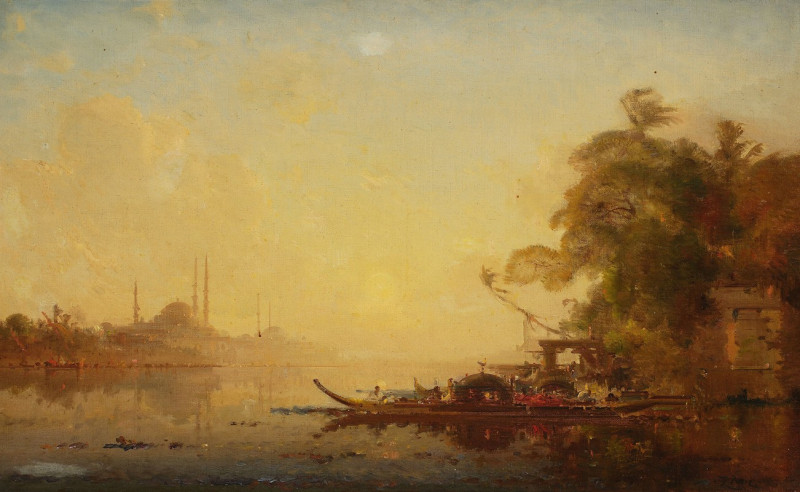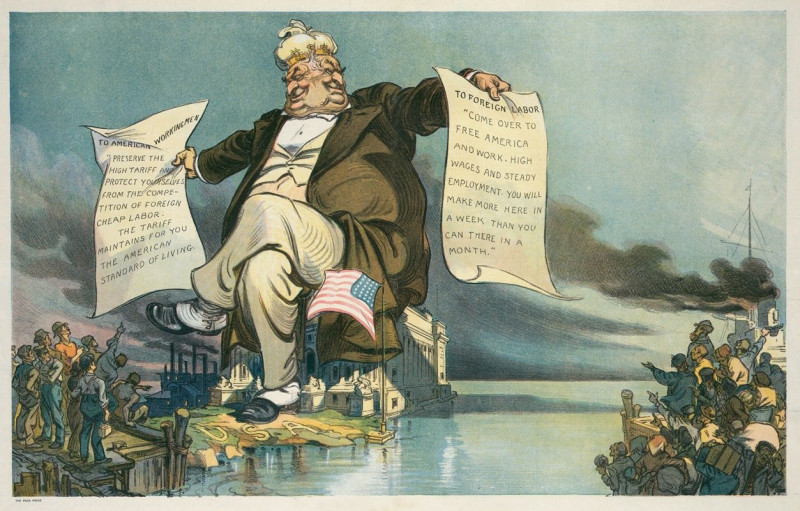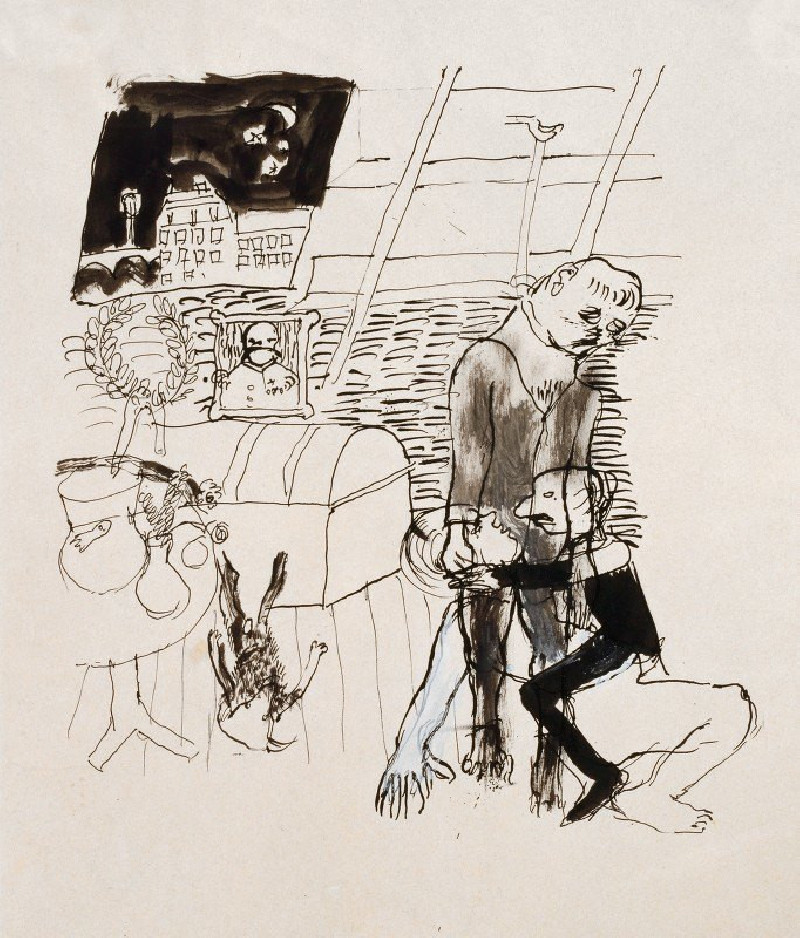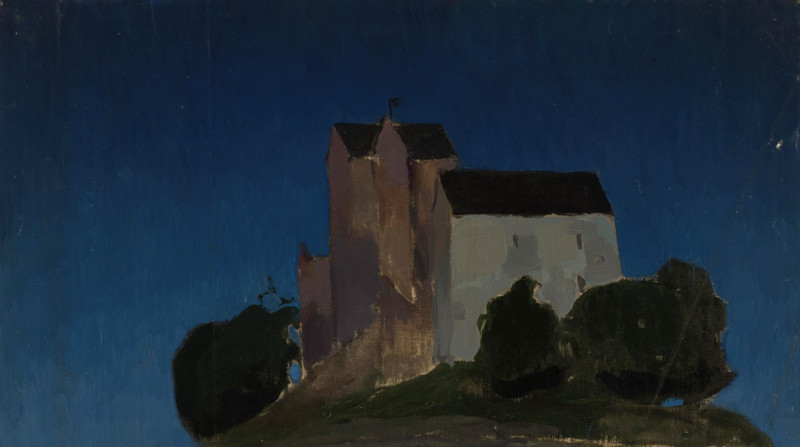Meadow (1875)
Technique: Giclée quality print
Recommended by our customers
More about this artwork
"Meadow," painted in 1875 by the notable Impressionist artist Alfred Sisley, captures the tranquil essence of rural landscapes which were a significant source of inspiration during the Impressionist era. In this serene scene, Sisley portrays a vast, open meadow under a dynamic, cloud-strewn sky that dominates the canvas, suggesting the grandeur and transience of nature.The foreground of the painting is filled with lush, wild greenery and specks of colorful wildflowers, which bring vibrancy and life to the scene. Sisley's use of light brushstrokes and bright hues effectively conveys the texture of the grass and flowers, swaying gently in the breeze.A small figure, perhaps a farmer, is subtly incorporated into the middle ground, merging harmoniously with the natural surroundings. This figure, along with a simple rustic fence and scattered trees, provides a human element that relates the scale of nature to that of humanity, emphasizing the peaceful coexistence between the two.Towards the horizon, the landscape gently rolls away, dotted with hints of agricultural activity - a testament to the rural character of the 19th-century French countryside. The expansive sky, a compelling feature of this artwork, showcases Sisley's skill in depicting atmospheric conditions, lending the composition a sense of depth and openness."Meadow" is a splendid demonstration of Alfred Sisley's mastery in capturing the beauty of the natural world and the sublimity of everyday rural landscapes.
Delivery
Returns
Alfred Sisley (1839–1899), an English impressionist artist, was renowned for his breathtaking impressionist landscape paintings. Born in 1839 to a wealthy family in Paris, Sisley spent most of his life in France. Despite being intended for a career in commerce, he rebelled and pursued his passion for painting as an amateur in the studio of Charles Gleyre, where he befriended artists Claude Monet and Pierre-Auguste Renoir. The financial loss of his family in the Franco-German War led Sisley to make a career out of his art, though it left him financially distressed. It wasn't until after his passing in 1899 that the true value of his work was recognized.



